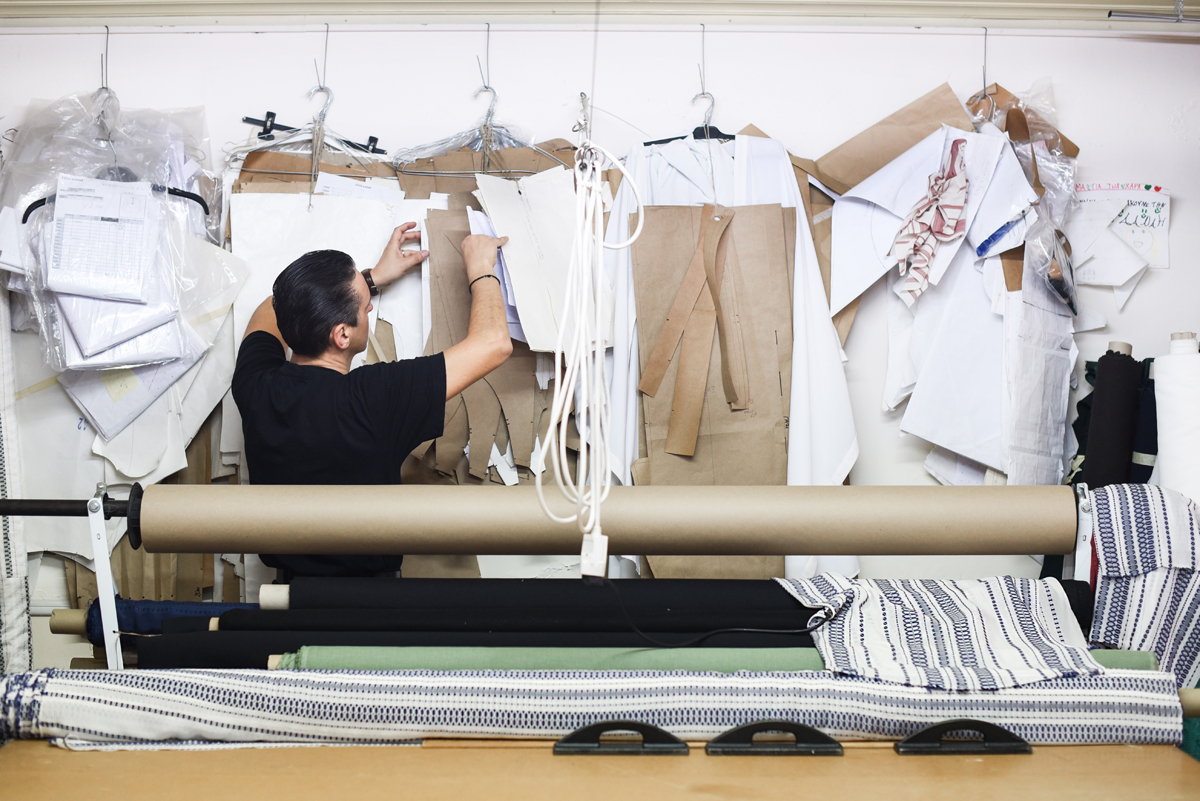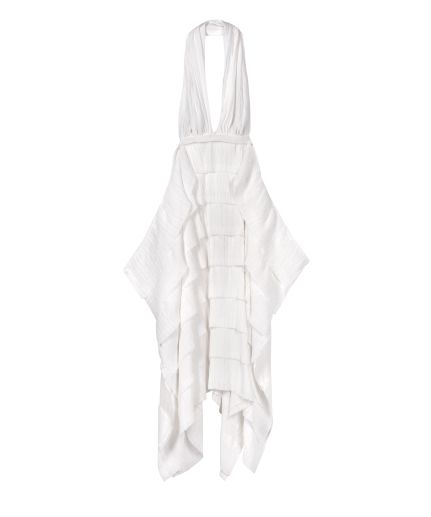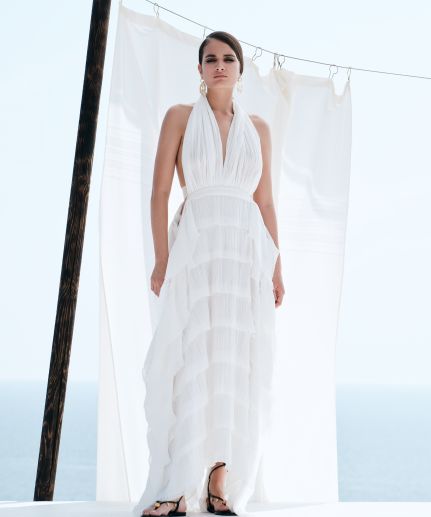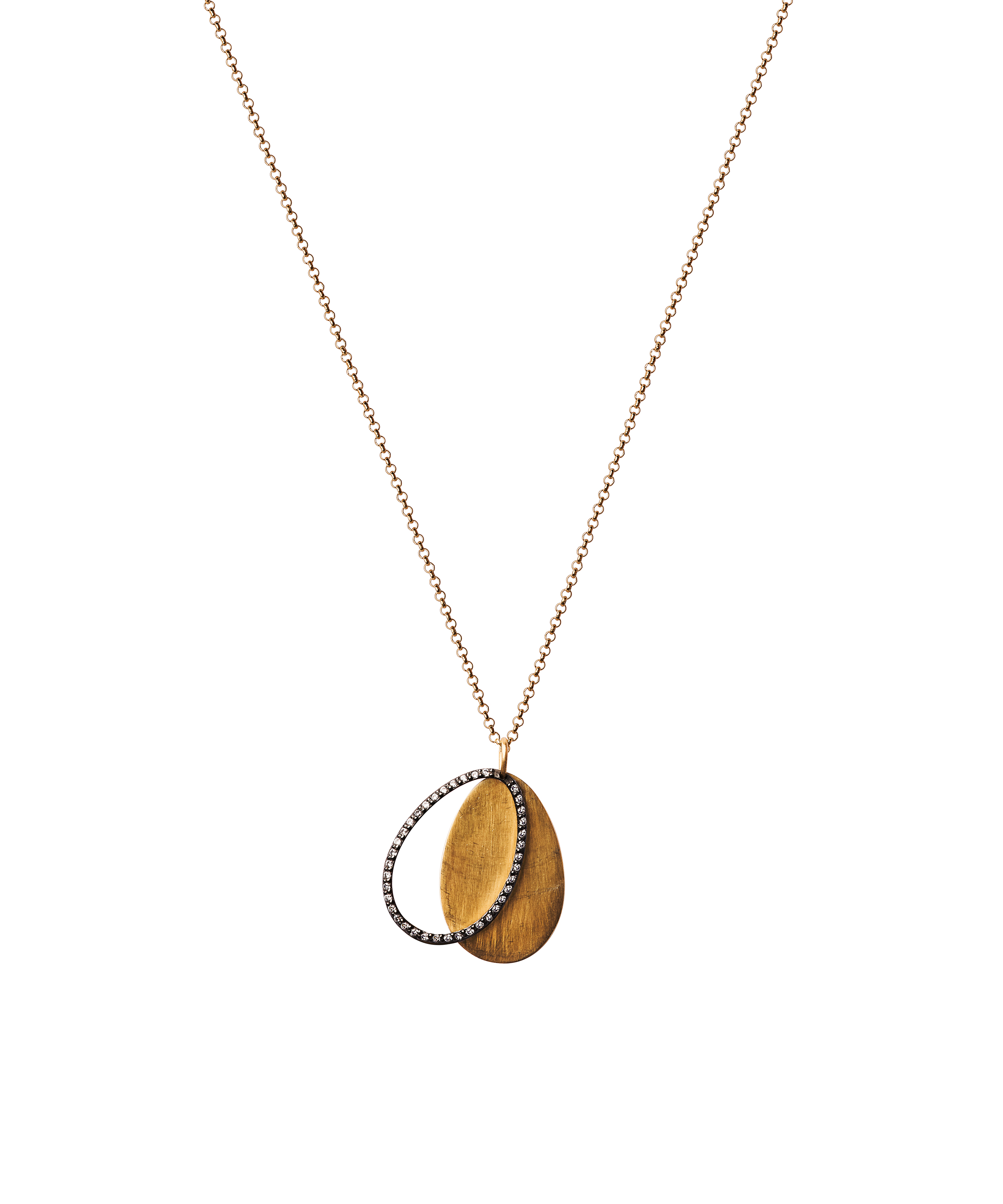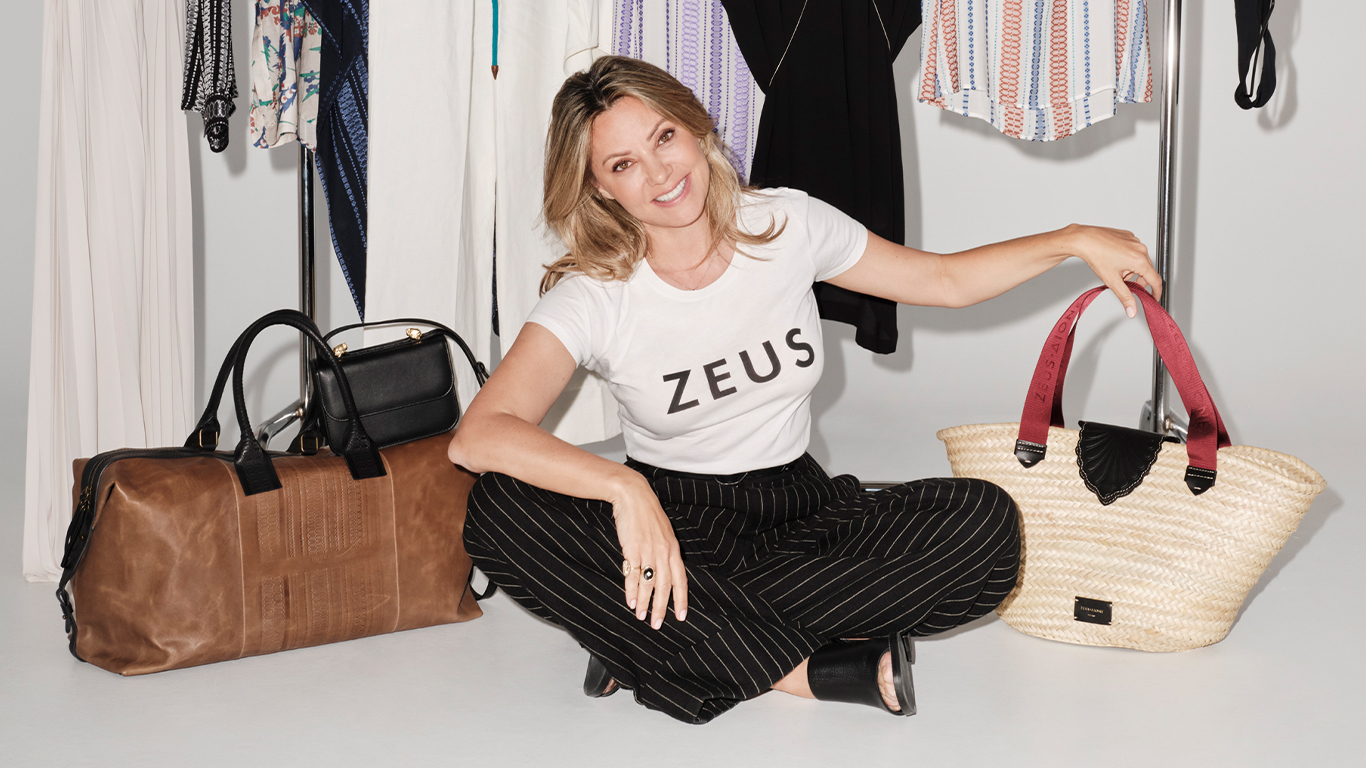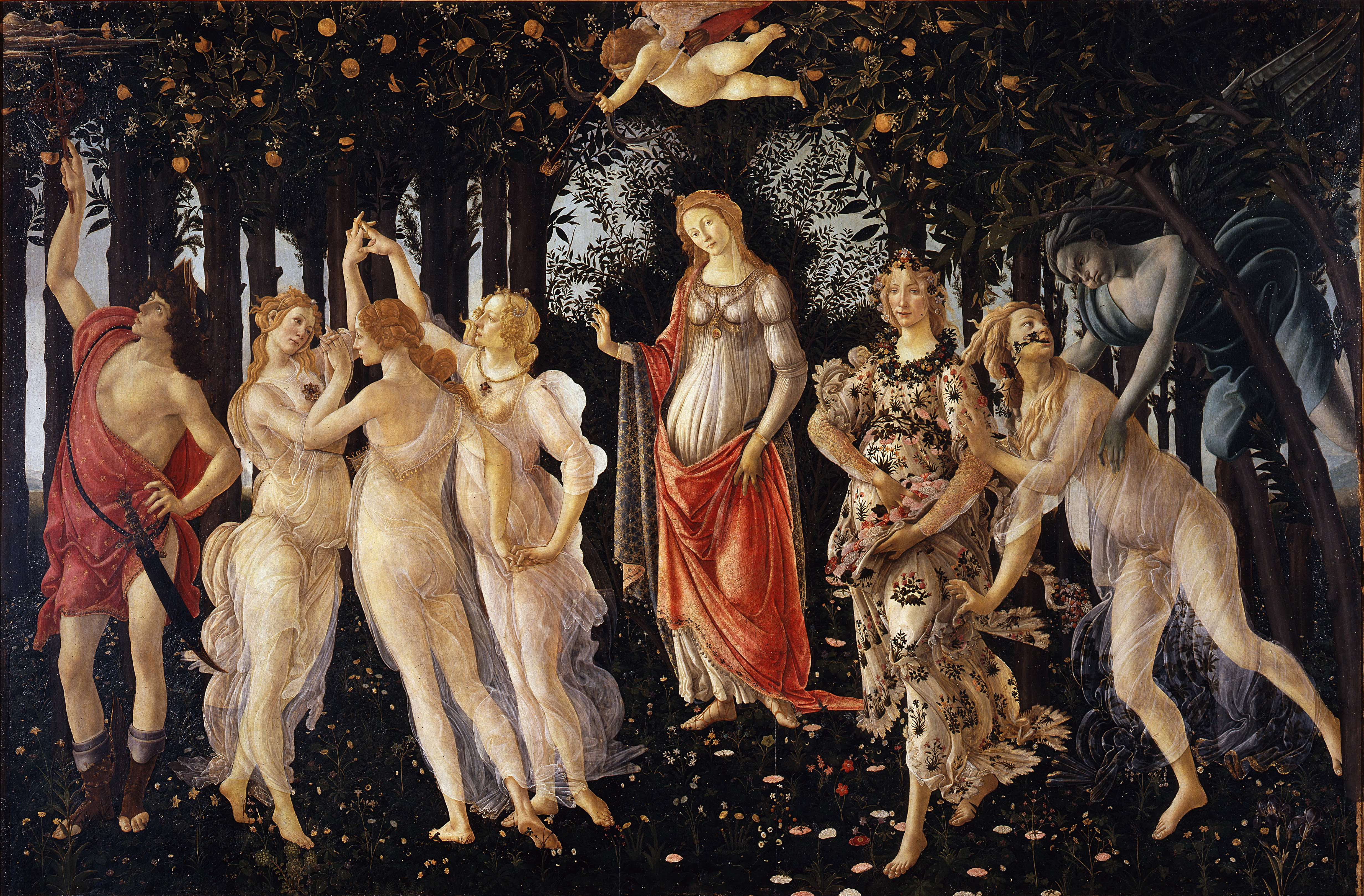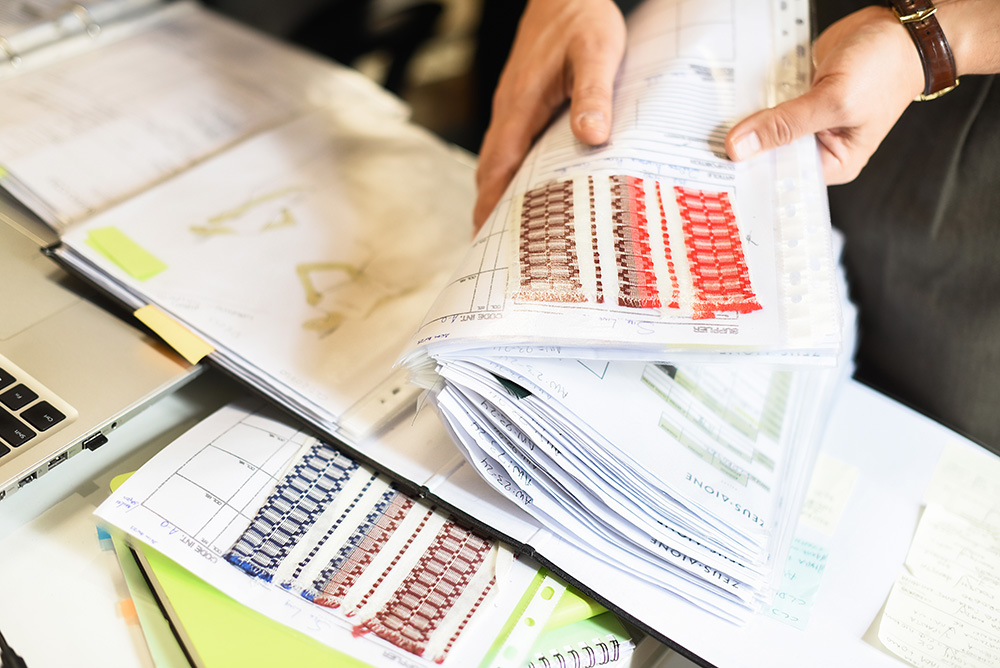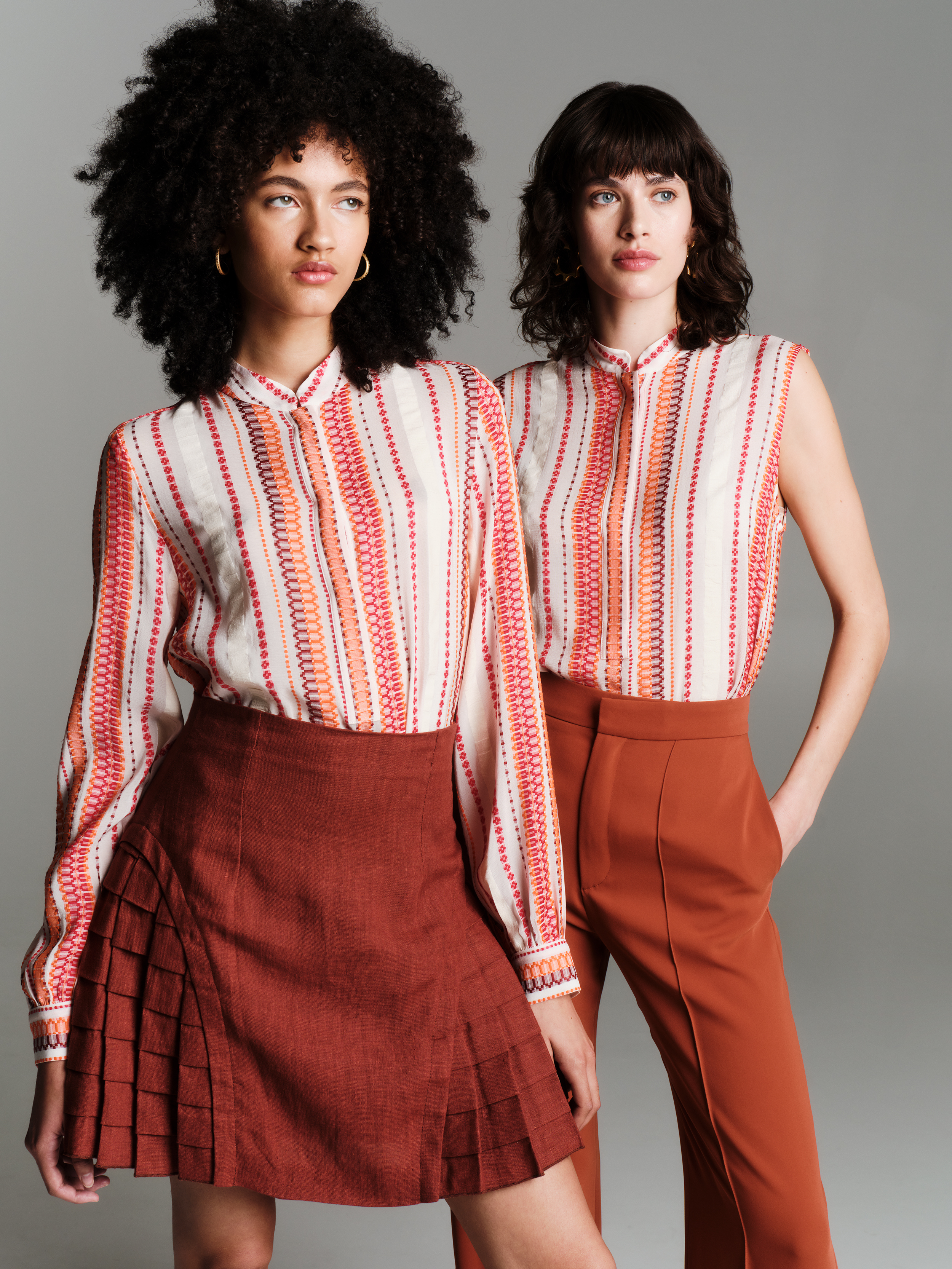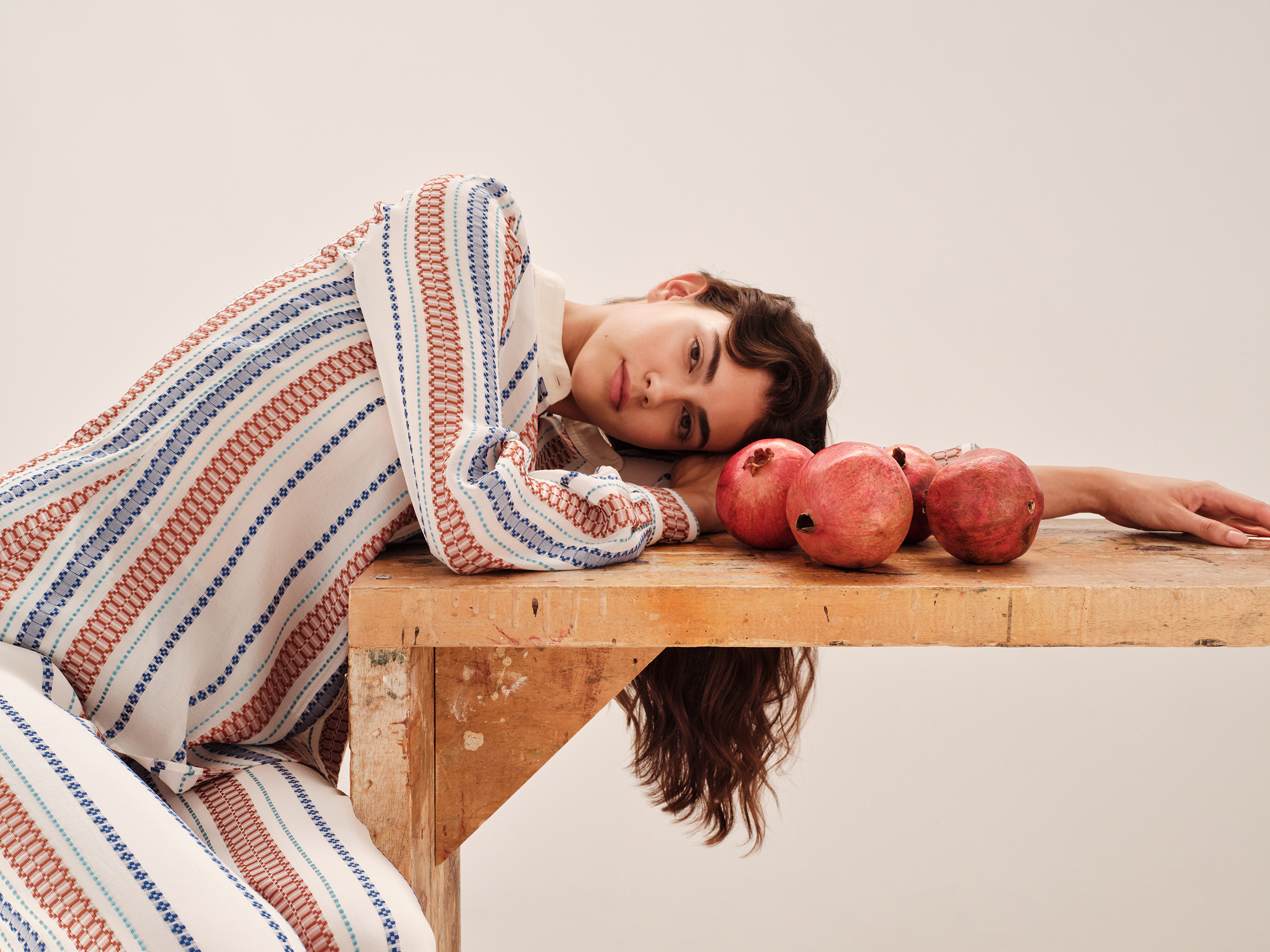The making of SS ’23 ‘Mycenae’ collection
Behind the scenes with Marios Schwab
Ever thought of the secret journey of a garment? How do the sketches of a designer become the finished garments we wear? Bringing a collection to life takes a team of skilled craftsmen, pattern makers, seamstresses, product developers, and more. The garments we see behind the store windows had hours and hours of work devoted into them and many people involved. Let’s follow our own creative director, Marios Schwab, and have a glimpse into his atelier, as he reveals the creative process behind his latest S/S '23 ‘Mycenae’ collection for Zeus+Dione.
Photography by Olympia Krasagaki
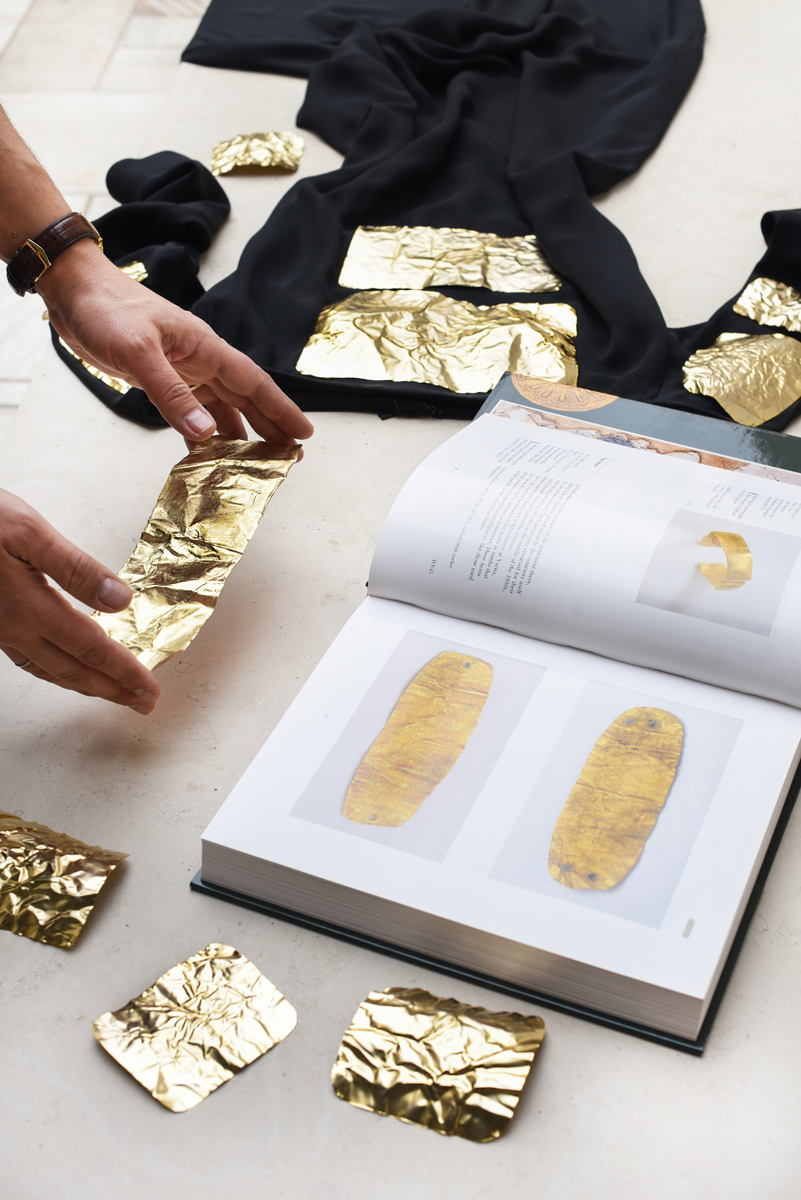
Research, Ideation & Inspiration
The creative process of developing a collection varies widely from an idea to design, but for Zeus+Dione it always starts with the research phase. “I generally like to learn and go deep with the research process on building the base of any collection”, Schwab says. “The archetypes, the drama of the Greek landscape and history, the timeless simplicity, the doric minimalism, the authenticity of the vanishing characters I met and grew up with.” For the Spring Summer season of ’23, he draws inspiration from the manifold presence of the peculiar craftsmanship, the skillful and innovative goldwork, the frescoes and the multiculturalism which defined the Mycenaean temperament.
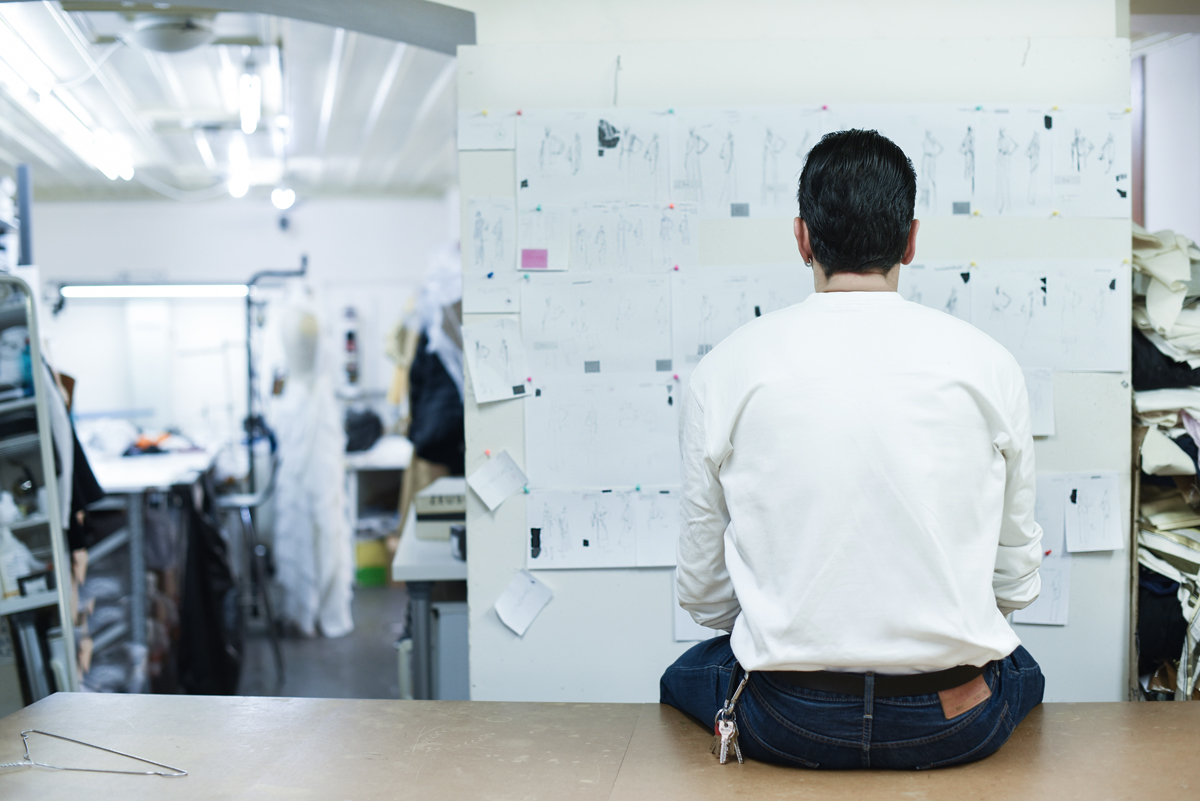

Fashion Designs & Sketches
Next step on his creative journey is putting the ideas down on paper – with LOTS of sketches! Sketches are the foundation of design; these minimalistic, flat drawings can communicate the tangible, technical elements of an idea, including detailing and measurements, fit, silhouette, and more.
The Moodboard
For the Mycenae collection, Marios Schwab conceptualized the Bronze Age Kingdom, through eloquent symbolisms, gold sand-dune tones, exquisite symmetry and shapes influenced by artifacts unearthed at Schliemann’s Grave Circles. He always uses a moodboard as a reference point that helps him develop concepts or materials and see which creative ideas strike the most interest. Photos, museum collections and artifacts, books, and films are all resources he uses to develop his world.
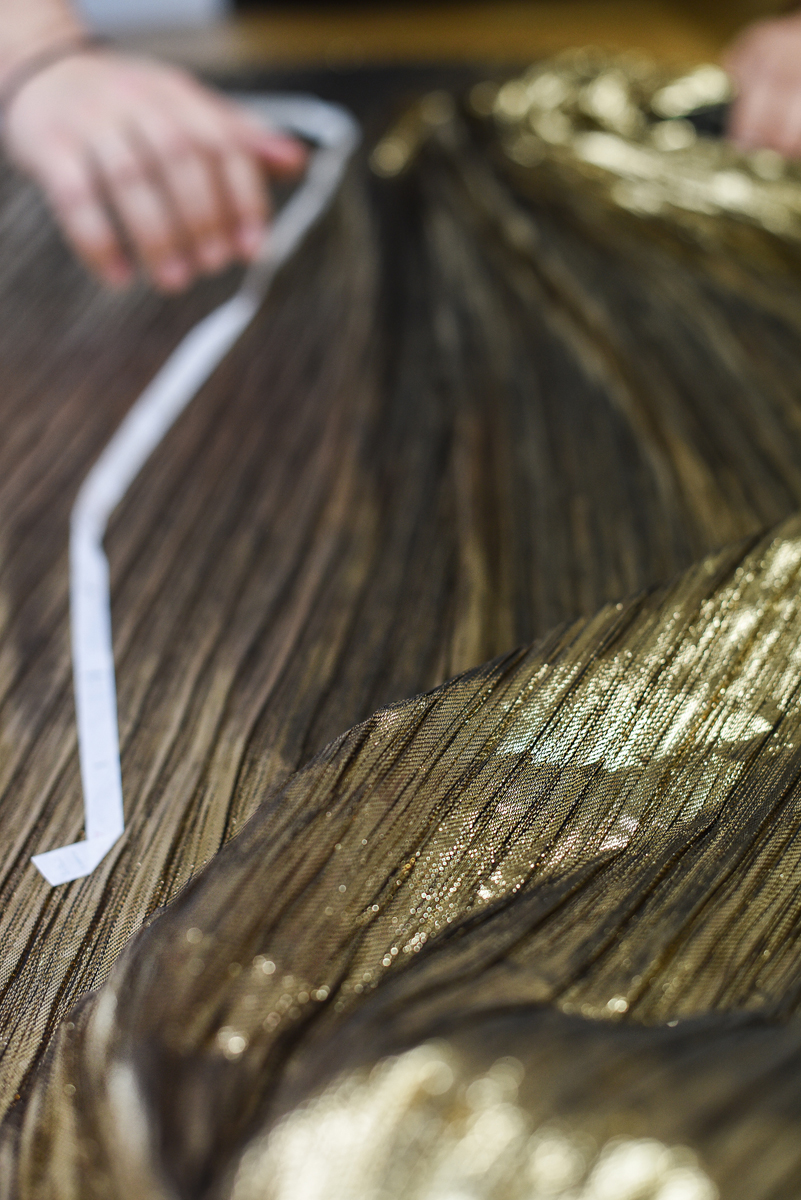
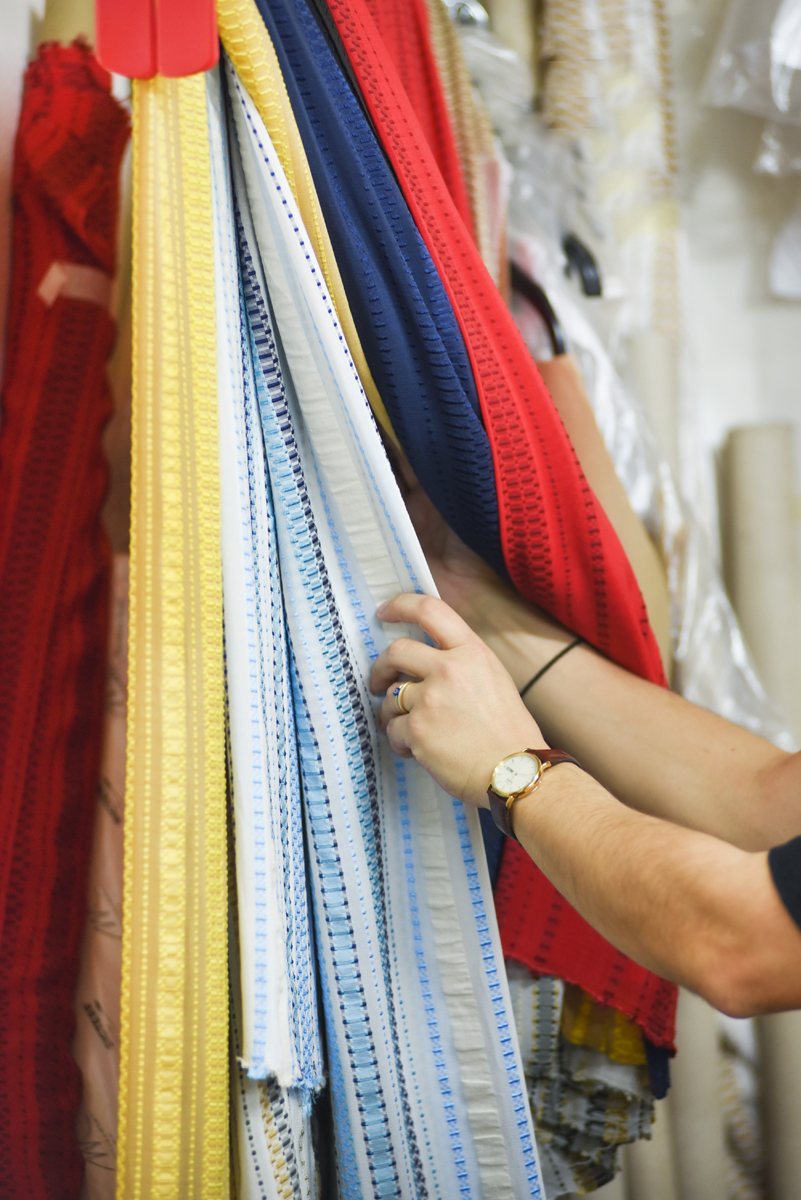
Picking Colours & Fabrics
Material composition plays a fundamental role in the construction of a garment. The story that materials tell, forms the basis for design that people can connect with on every level. When the materials are right, over-working them can numb their inherent beauty.Treating each piece with respect is of vital importance. For this collection Schwab chose light, fluid layers of cotton silk and linen blends, rami, silk georgette, metallic micro-pleated twill, jersey and silk gazar with golden thread.
Colour is another powerful tool for transmitting the appropriate mood and story behind the collection. It’s often the first thing people notice when they look at any garment of clothing. ‘Mycenae’ colour palette diverges from summer neutrals of gold, white and ivory to the distinctive Mycenaean shots of terracotta, burgundy, navy blue and the versatile Z+D combo of black and white.
Pattern Making
An important journey is taking place for the sketches to become reality. The designs become patterns. Pattern making is the art of manipulating and shaping a flat piece of fabric to conform to one or more curves of the human figure. It’s the bridge phasebetween design and construction.
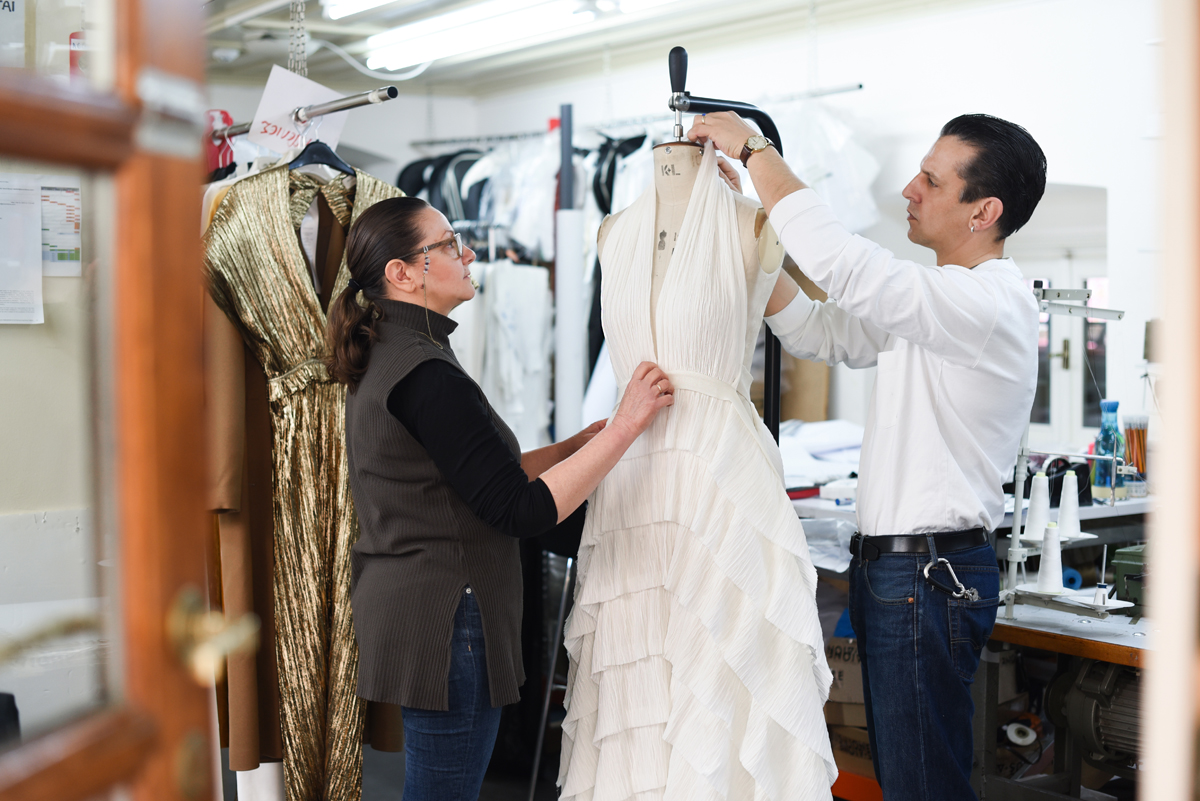
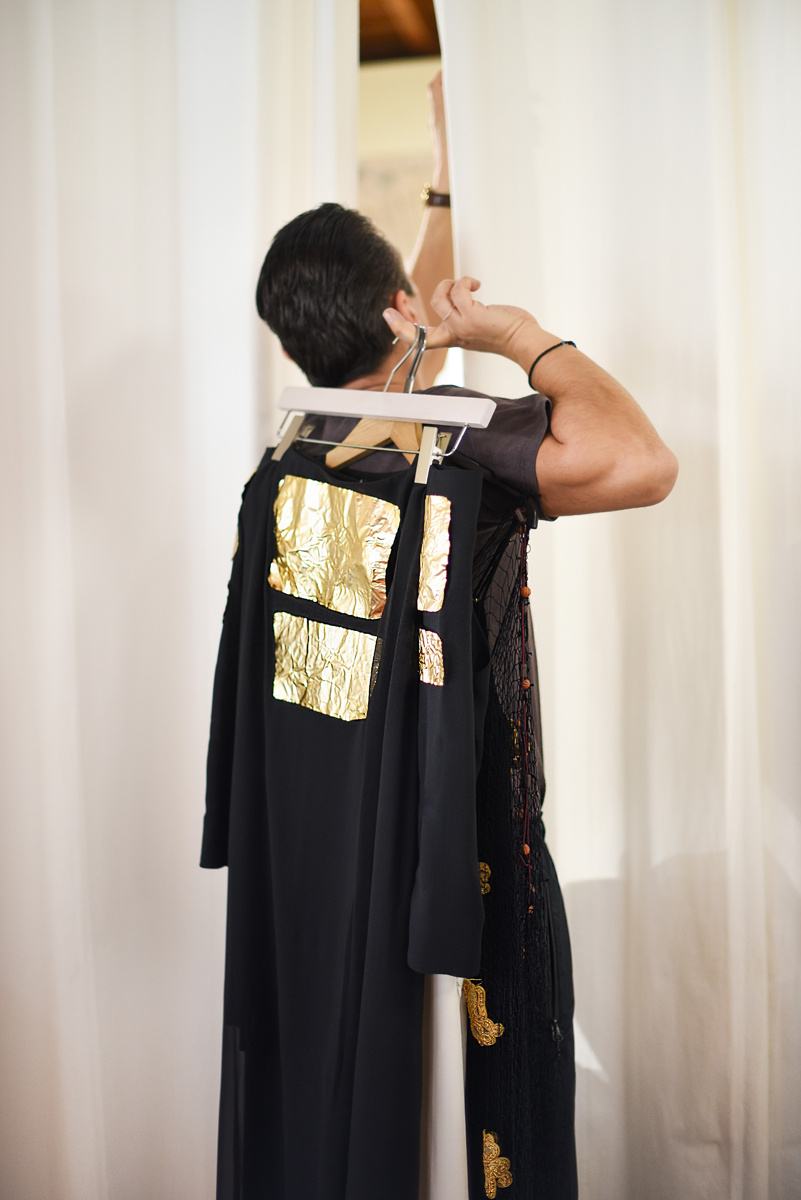
Sampling and assembling the garment
Construction brings the patterns to life. It’s in this phase that Z+Δ dressmakers and seamstresses determine the best order and ways of assembling each garment; from the steaming to the pressing of the fabric and through to the thread. At this point, Schwab works closely with them to suggest edits and to check if his vision is well represented in the final piece. The patterns are being sampled and then fitted. Fittings of the garments can be one or two, and sometimes even more until to achieve the perfect fit.
